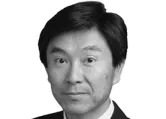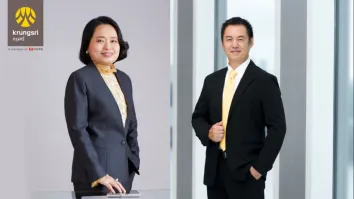The Advent of Next Generation Technology and Sourcing Models in Japan
By Eiichiro YanagawaCapital market participants and market infrastructure providers around the world are working to assess and apply emerging technologies. The results of the Celent Global Exchange CIO Survey released in July 2018 found that a high level of respondents were tackling emerging technologies. More than 70% of respondents said that they were already using or working on pilots when it came to cloud, artificial intelligence, robotic process automation, and blockchain technologies.
The world’s exchanges have been at the vanguard of financial technology when it comes to scale, speed, and robustness. Market participants worldwide are eagerly watching the modernization of the capital markets infrastructure at the same time they are accelerating the modernization of information systems, including their in-house core systems.
State of Technology Adoption Among Japan Market Participants
Japan’s capital markets are stepping up their pace of technology adoption. The so-called “securities settlement revolution” took place gradually over the past 15 years. A key question to consider is what the implications and effects of the ongoing financial infrastructure revolution are for Japan’s market participants. The results of Celent’s “Japan Securities Market Next-generation Technology Survey 2018” presented here, and the trends it thrusts into relief, provide a dynamic outlook akin to that seen globally. The following is an overview of the results of the survey. More than 30 financial services and IT professionals from Japan participated, including banks, trust banks, securities firms, insurers, asset management firms, settlement institutions, and IT vendors.
Next-Generation Technology in Japanese Capital Markets
The analysis of Celent’s survey of how Japan’s capital markets are responding to next-generation technologies can be boiled down to the following three points.
Changing Factors Driving Policy and Current Priority Items
• The strongest driver of change was changing customer demand, followed by change in the regulatory environment, market structure, and business environment. The most prominent motivation fueling IT spending was the drive to reduce costs and improve customer service.
• In terms of IT spending, research was the top priority, followed by pre-trade analytics and transaction analysis. Third party solutions, joint development, and consortiums are on the rise as IT implementation methods.
• Adoption of new vendors also on the rise. New development from scratch was apparent, but largely out of sight, and there was a clear preference toward modifying one’s own system premised on the use of external services and harnessing joint use and consortium development.
Response to New Technology
• Cloud initiatives have made significant progress. Around 70% of respondents said that cloud-related measures had been completed, and this figure rose to 75% when respondents at the pilot stage are included, demonstrating that the bulk of respondents have taken the plunge into the cloud.
• Similarly, respondents indicated a very proactive attitude regarding emerging technology initiatives. Some 90% of respondents said they had completed implementation of or were conducting pilots when it came to RPA, 80% responded similarly when it came to AI/ML, and around 60% answered that they were at the POC stage for DLT/blockchain.
• Change was also clearly evident when it came to implementation methods related to new technology. Respondents indicated that the predominant trend is one of maintaining cooperative arrangements with existing vendors while accelerating the adoption of new vendors, partnerships, joint development, and consortiums.
Medium-Term to Long-Term Challenges and Initiatives
• Medium-term IT spending priority areas span the entire trading lifecycle.
• There was a clear awareness of medium- and long-term challenges demanding attention that include data integration, process integration, review of overall architecture, and renewal of core systems.
• In addition to the adoption of next-generation technology, Japan’s capital markets face the looming and major challenge of undertaking core system renewals.
Proposal for Market Participants
We offer the following three propositions for market players based on next-generation technology trends in Japan’s capital markets and the global modernisation of capital markets infrastructure (CMI).
• Overall optimisation: Fully understand the fundamental nature of capital market technology and always take a bird’s eye view of the entire capital market value chain without being overly focused on your firm’s current business functions, data, and IT while acting to optimize the positioning of your firm and realize the requisite allocation of functions and data toward that end.
• Setting optimisation indicators: Use transaction cost analysis (TCA) and investment book of record (IBOR) architecture as an index and basic design to gauge the degree of optimization of functions, data, and IT. Beyond being a regulatory requirement, TCA can also serve as an indicator for optimization. IBOR occupies a key position in the blueprint for optimizing unevenly distributed technology in the front, middle, and back office in the trading lifecycle.
• Innovation in technology application models: Against a backdrop of soaring maintenance, management, and operation costs coupled with resource bottlenecks, the superiority of utility models and pay-as-you-go models remains unchanged. The goal of sourcing model innovation is more than mere cost reduction. Rather, this innovation is something that transcends parlaying technology and systems into services, the optimizing of a company’s business functions, data, and IT, and which goes far beyond the relationship between the sell side and buy side. Rather this is a tidal shift that is spurring transformation across capital markets.



















 Advertise
Advertise








